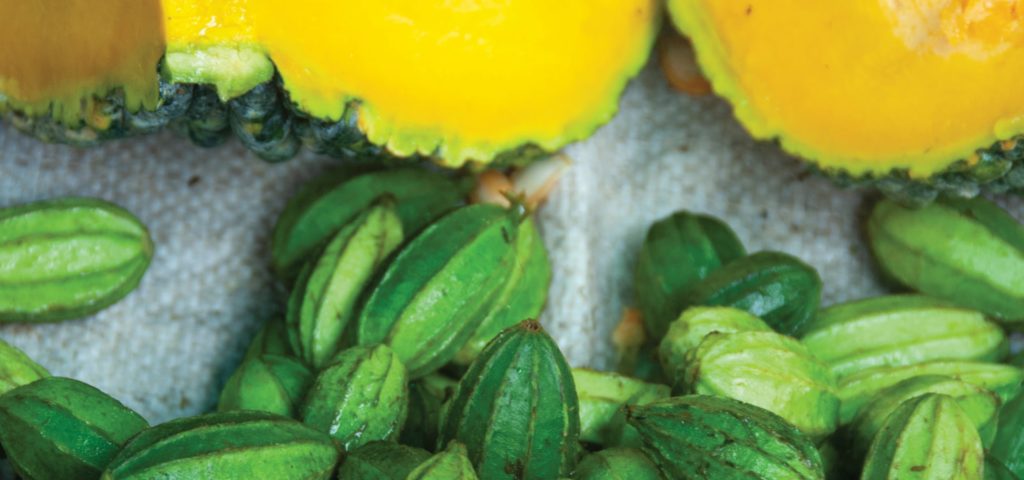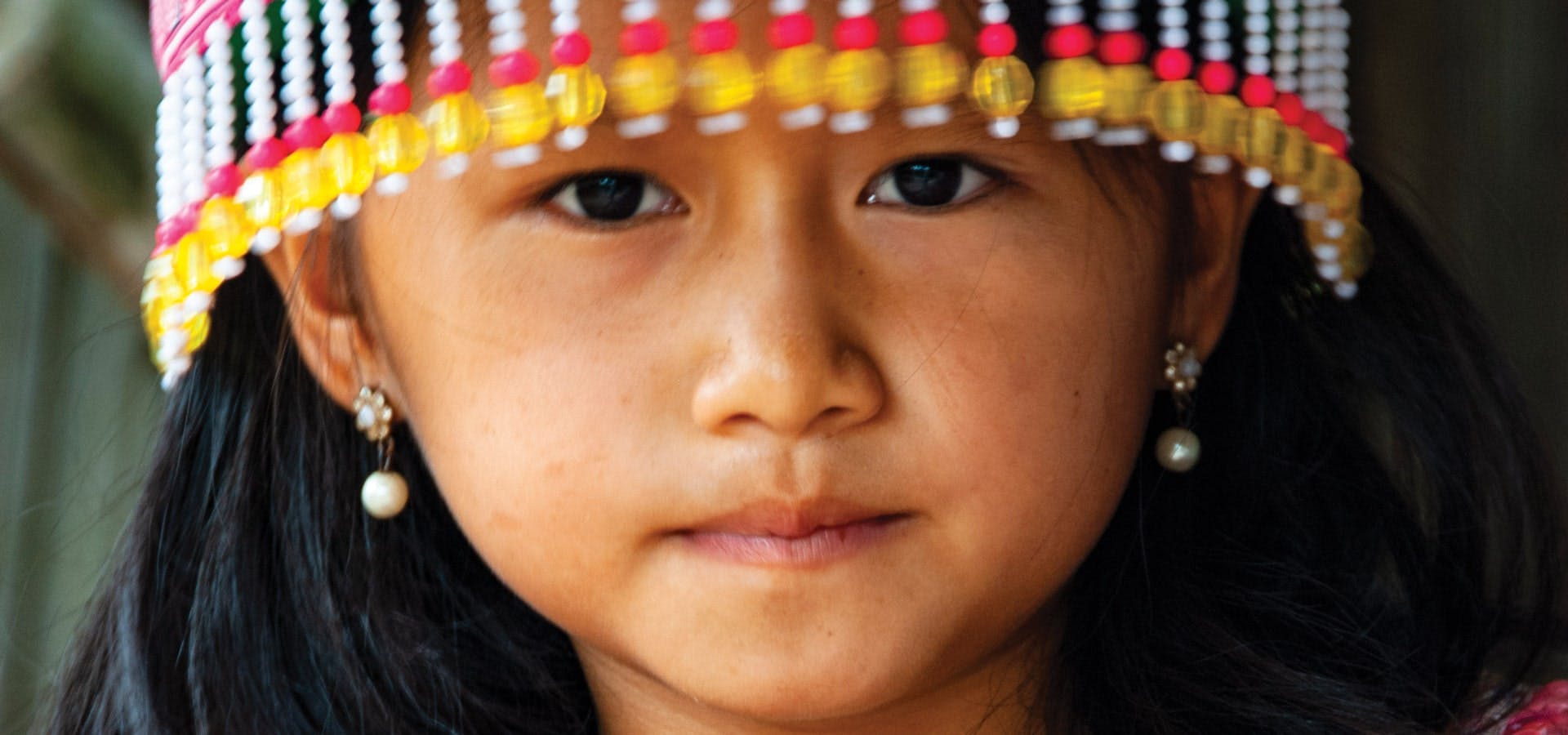There is something special about Luang Prabang, once the royal capital of Laos. There’s a feeling in the air that whispers, “Be in the moment. Enjoy and embrace the beautiful surroundings. Slow down.”
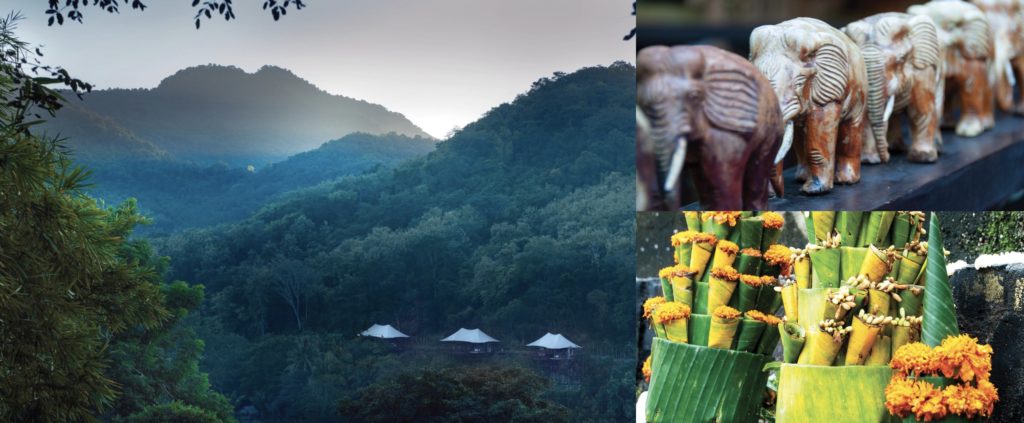
The vibe is warm, welcoming and pleasantly tranquil. “Sabaidee” (pronounced suh-bye-dee) is the standard greeting, accompanied by a bow and hands lightly pressed in prayer.
Luang Prabang is a charming mash-up of old-world rural Lao and French colonial style—harmonious with nature and aesthetically pleasing. It was designated a UNESCO World Heritage Site in 1995.
“Laos is a country with abundant natural beauty and royal and spiritual overtones that shimmer through a complicated, war-torn past.”
Once a mecca for backpackers, Laos now has the attention of more sophisticated travelers. It’s known for its diverse ethnic village hill tribes, spectacular aquamarine blue “Insta-worthy” tiered waterfall pools, lush surroundings, and most recently for its “wounds of war” as described by Anthony Bourdain in his show Parts Unknown.
Laos is a country with abundant natural beauty and royal and spiritual overtones that shimmer through a complicated, war-torn past. Today the people and government of Laos are interested in engaging globally through tourism and social and economic issues.
During his historic 2016 visit, former President Barack Obama said Laos was part of Southeast Asia’s “economy of the future.” Ancient legend even foretold that Luang Prabang, which translates to “royal Buddha image,” would one day be rich and powerful.
There is plenty to see and do in and around the main city center, yet what’s most inviting is that you can easily get caught up in doing very little. The Lao people are welcoming and laid-back with a steady “go with the flow” approach to life—as if the ever-flowing Mekong River, which runs through the country, is a metaphor of daily existence.

Laos lacks modern infrastructure—a developing country fraught with poverty. Hotel accommodations range from casual and budget-friendly to middle-of-the-road to exquisite, exotic decadence. The tropical climate brings soothing rain to temporarily calm the hot, balmy days and mystical, mist-filled mornings in a jungle setting.
Imagine roosters crowing, birds chirping, water buffalo roaming the roads along with the occasional motorbike, and entire families zipping around town. Smoke from wood-burning stoves and fragrant frangipani trees perfume the air. Beautiful greenery, rice paddies, street food, night markets, detailed handicrafts, unexpectedly modern coffee culture and a feeling of going off-grid permeate the scene.
Laos is a place striving for harmony between old and new. There are modern aspects, yet it retains a style and feel that is decidedly rural—similar to the beach towns of Bali or Cabo in bygone years.
A visit to a Hmong hill tribe highlights the pull between what Laos was and what it might be. Children adorned in ethnic clothing sell handicrafts juxtaposed with Disney princess and Superman T-shirts. The sight of a child—naked, covered in mud, carrying oversized pink plastic shoes in a mad dash past chickens and trinket stalls, joy-filled with arms raised as if crossing the finish line—puts a smile on your face.
This same child waves a single newly acquired dollar bill overhead. The prize: a much-desired ice cream at the local shop. It’s one of the more intimate and fragile parts of Laos’ growing tourism. Heartwarming and heart-wrenching experiences show rural Lao life away from the spotlight.
Laos is also a place to meditate on the Mekong; pick up a book and lay by the pool; hike to the falls; eat a meal or sip a gourmet latte; and visit street markets, caves and temples. Among the allure, beauty, rich history and spiritual overtones, Laos is embracing its current popularity.
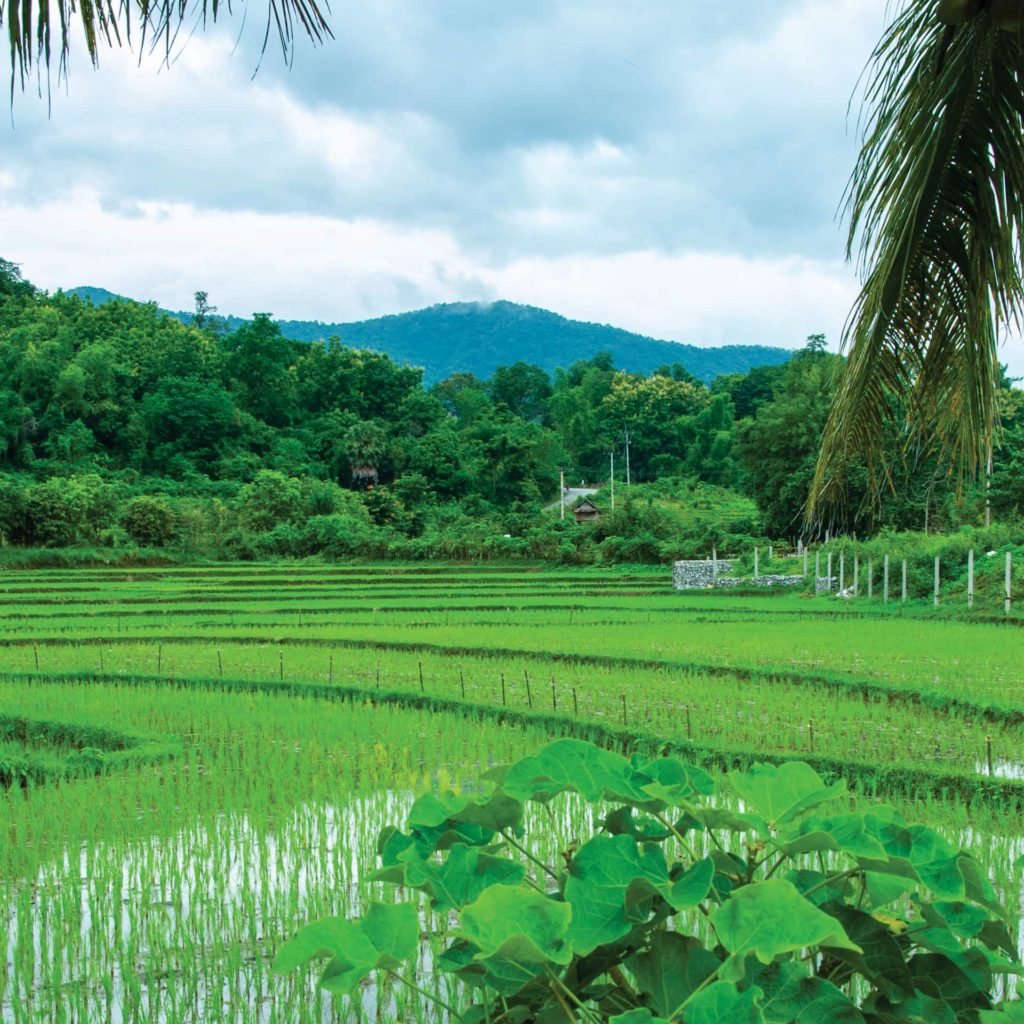
When to Go
December, January and February offer the best weather options to visit Laos. The rainy shoulder season is less crowded, and hotel rates are lower. However, flight options from neighboring countries are less available, and the weather may affect sightseeing and transportation. Peak season brings bigger crowds and higher prices but stunning waterfalls.
Sleep in Style
Rosewood Luang Prabang will transport you to an exotic, ultra-luxurious, one-of-a-kind destination. Designed in harmony with nature by master designer Bill Bensley, the resort is surrounded by a lush, tropical jungle and sits along the bank of a rushing river from a nearby waterfall. This is a high-end, in-the-wild experience with a reverent salute to royal times and the country once called The Land of a Million Elephants.
The Great House offers an open-air dining experience with the backdrop of the rushing river. Award-winning executive chef Sebastien Rubis has studied and crafted a traditional farm-to-table concept that delves into regional specialties and lesser-known Royal Laotian cuisine. He is passionate about protecting food culture in the region and keeping traditional recipes alive and relevant. The chef also works with local farmers and visits markets in the area.
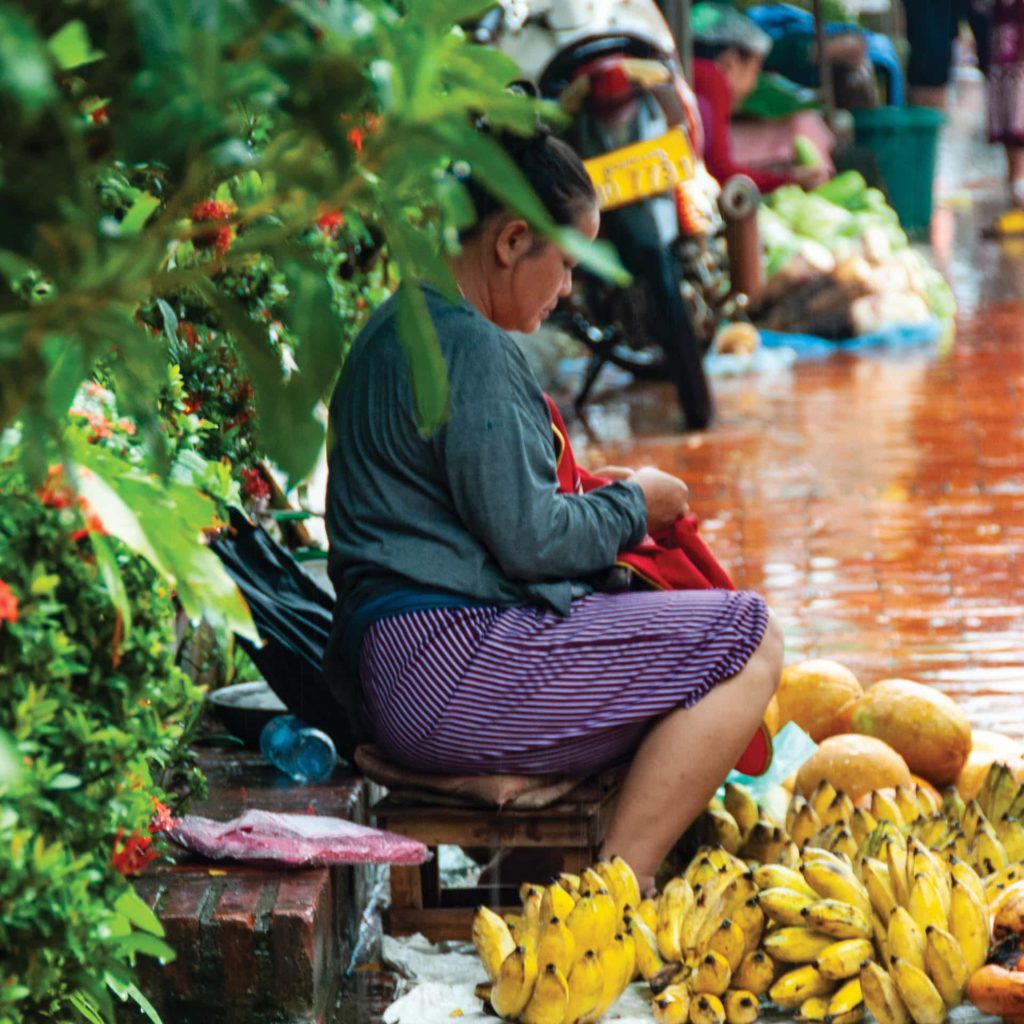
Morning Monks
Witness the sacred predawn tak bat, or alms-giving ceremony: a silent queue of saffron orange-robed monks lining the streets in long, winding processions to receive a daily offering—mostly sticky rice. The ritual takes place on different temple routes, and though a religious event, it has become a popular tourist attraction as well. The monks receive the alms (food) in silent meditation, and the alms-givers receive in return a spiritual redemption. Be mindful of the reverent nature of the ceremony and refrain from flash photography and disruptive behavior.
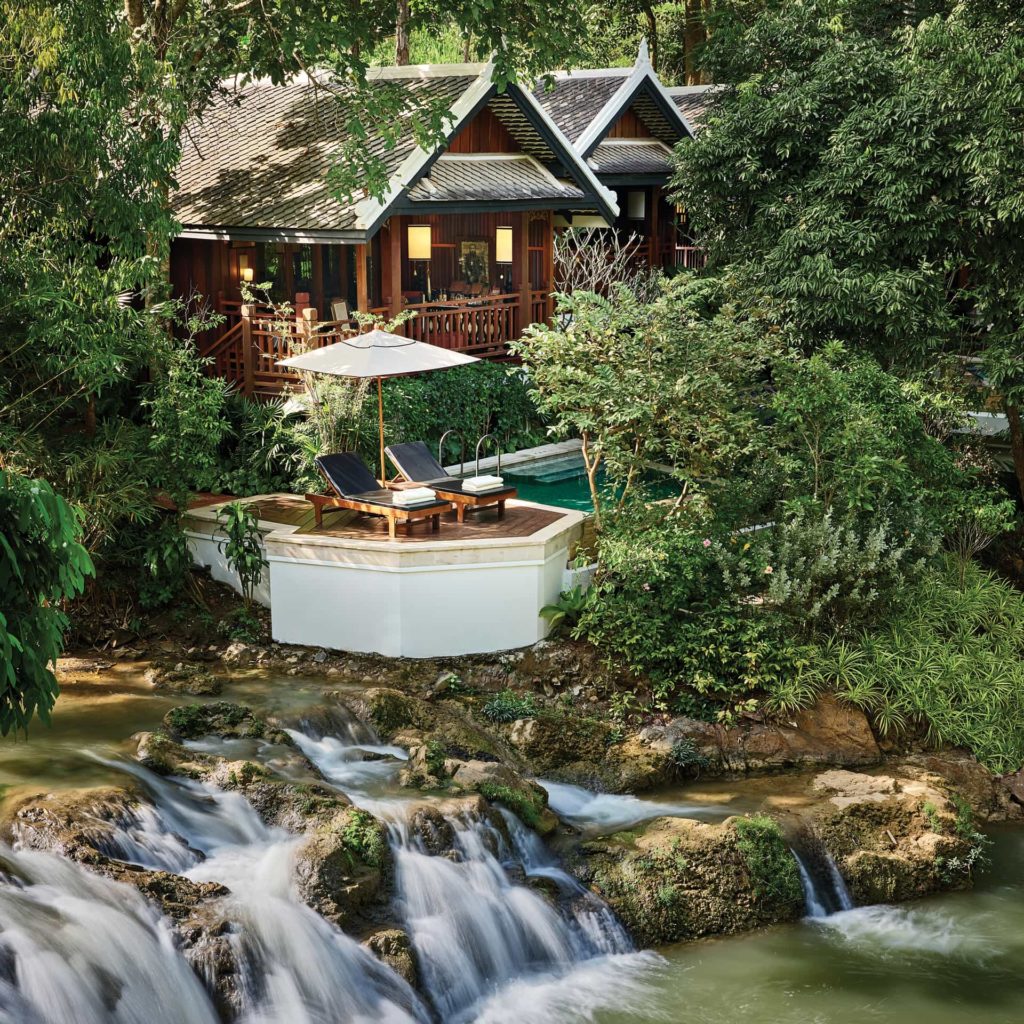
Harmony with Nature
Ascend 328 steps up Mount Phou Si (which means “sacred mountain”) for a great view of the surrounding city and the That Chomsi temple. Local vendors display decorative bamboo cages with birds awaiting freedom. Some visitors may not appreciate this “merit release” ritual; however, it speaks to the Lao belief in harmony with nature.
Our guide mentioned that the birds eat the seeds from the rice fields, which can devastate the crop. In turn, they are captured, caged and “sold” to tourists—thus creating a harmonious and balanced relationship between farmer and predators that threaten the rice harvest.
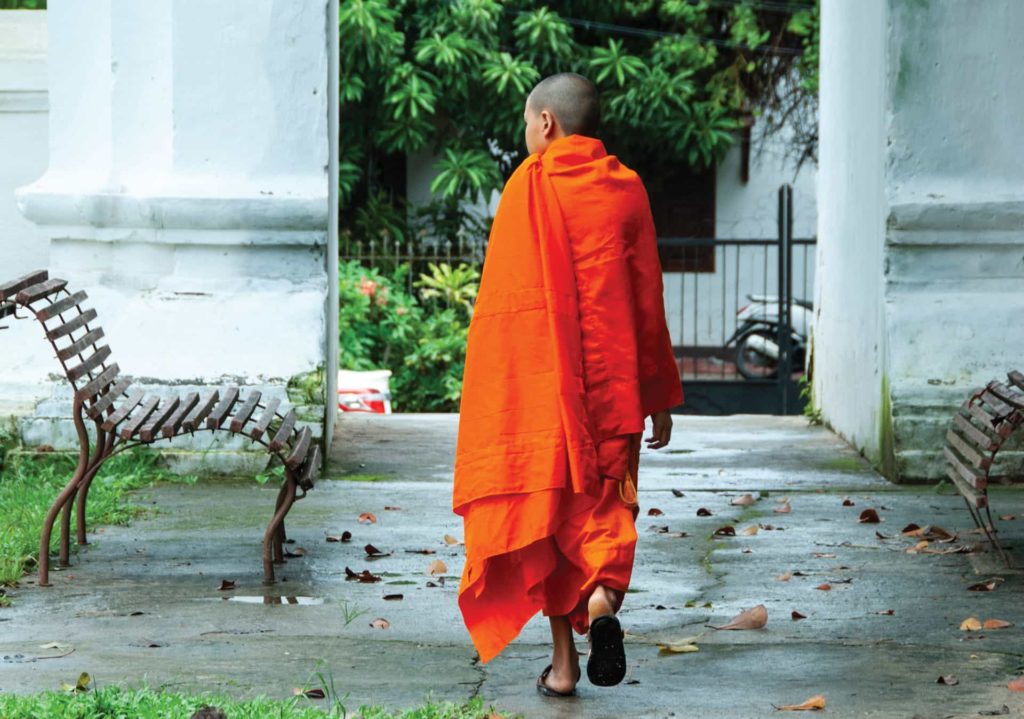
Market Intrigue
Tour the bustling Phosi Market and Morning Market near Wat Mai temple for an insider look at the local culture and ingredients used in Lao cuisine. It’s a fascinating display of butchered snakes, grilled honeycomb with bee larva, bats, rats, wiggly coconut worms, assorted Mekong fish, frenzied frogs, more bugs, whole chickens, vibrant green herbs and freshly picked produce.
The various offerings highlight Laotians’ creativity and connection to the land. Farmers and families pay reverence to animals that give their lives by finding intriguing ways to add all matter of ingredients to make a meal.
Laotian food is similar to Vietnamese, Cambodian and Thai cuisine. The national dish laap is a delicious mixture of minced fish, beef or chicken cooked with mint and chili, fish sauce, lime juice and served with sticky rice.
The night market is a whole different experience, with entire families working to sell their goods. It’s a casual, enjoyable outing more than a shopping extravaganza.
Many luxury resorts in Laos offer cooking experiences. Tamarind restaurant is a well-known local cooking school. Enjoy a morning cooking class that begins with a visit to Tamarind’s vegetable garden followed by a trip to Luang Prabang’s morning market.
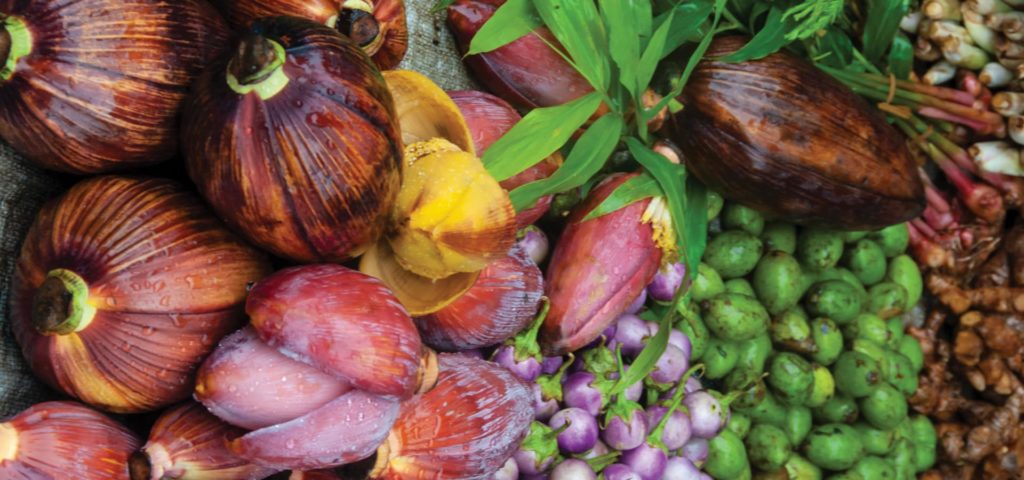
Cultural Trip
Explore the textile villages of Ban Xangkhong and Ban Xienglek to see silk-weaving and papermaking. Stop also at Ock Pop Tok, a silk-weaving center, for a guided tour of the process. Natural dyes from plants and trees are on display. Part gift shop and part cultural and educational center, it also sells expertly crafted items. If time permits, take a class to learn the traditional artistry of local hill tribes.
Visit Mandalao Elephant Conservation and enjoy non-riding eco-education elephant tours from Luang Prabang every morning. From the city center it’s about a 30-minute drive to Mandalao restaurant, where the journey begins.
Explore various architectural feats, including 19th-century Wat Xieng Thong temple; 16th-century Wat Visoun, nicknamed the “watermelon stupa”; the Royal Palace; and Wat Choum Khong, a beautiful Buddhist temple. Get around by tuk tuk, on foot or hire a driver through a tour company such as Enchanting Travels, which offers customized private tours using local guides paid a living wage.
Be sure to grab a fancy coffee at Joma or Saffron. Both establishments give back and support local communities. They also provide a pretty good cup of Joe that will rival your hometown brew.
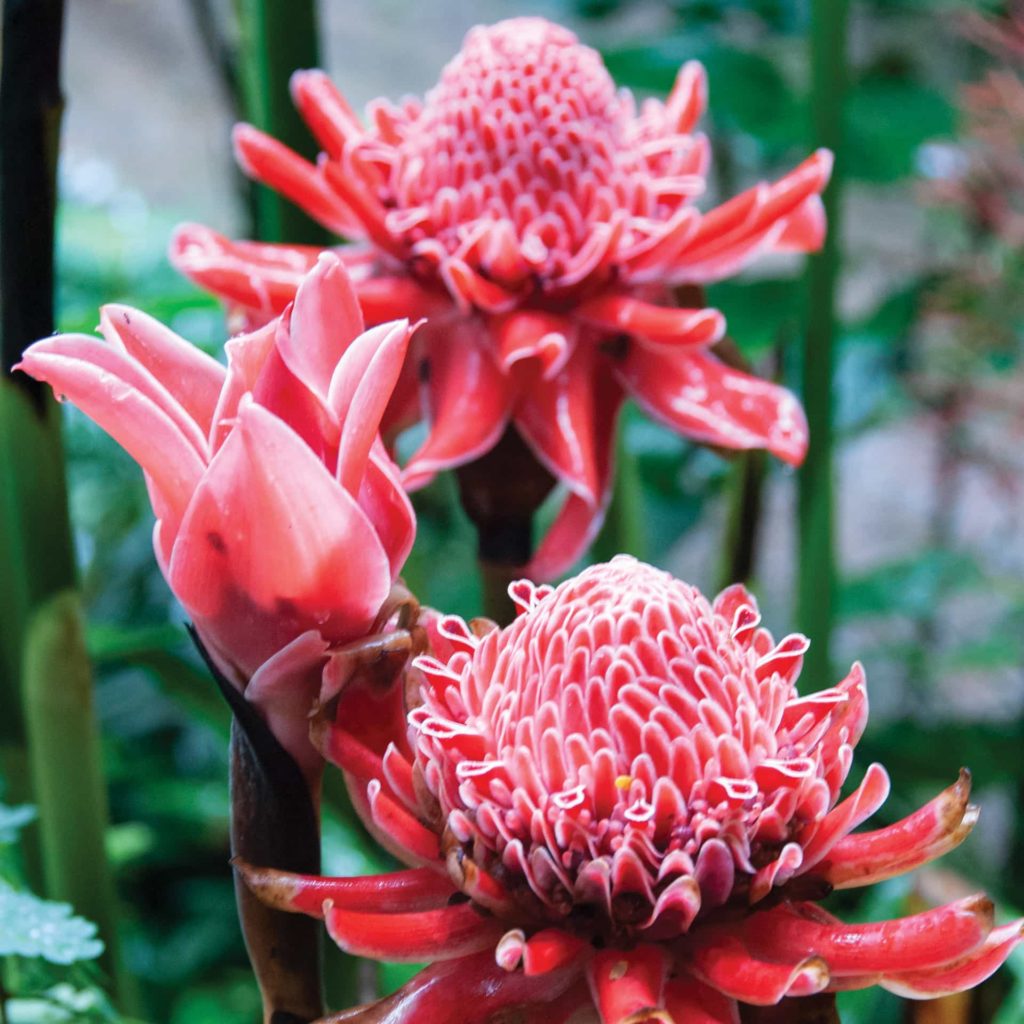
Lush Landscape
Visitors to Tat Kuang Si and Tat Sae waterfalls marvel at the famously Instagrammable milky turquoise pools along the forest trails. At the entrance to the falls is a bear rescue center, which does a great job showcasing, protecting and rehabilitating the rare Asiatic black bears saved from poaching.
Keep in mind the rainy season will change your dreamy selfie shots into a backdrop of muddy, overflowing water that resembles dangerous storm surge. It’s still a pleasant trek up to the falls, with fewer crowds, exotic flora and fauna, and an overall misty adventure. Bring a lightweight rain poncho, bug spray and sturdy, waterproof shoes, but don’t plan on a sunny picnic or blue lagoon dip unless you travel during peak season.
